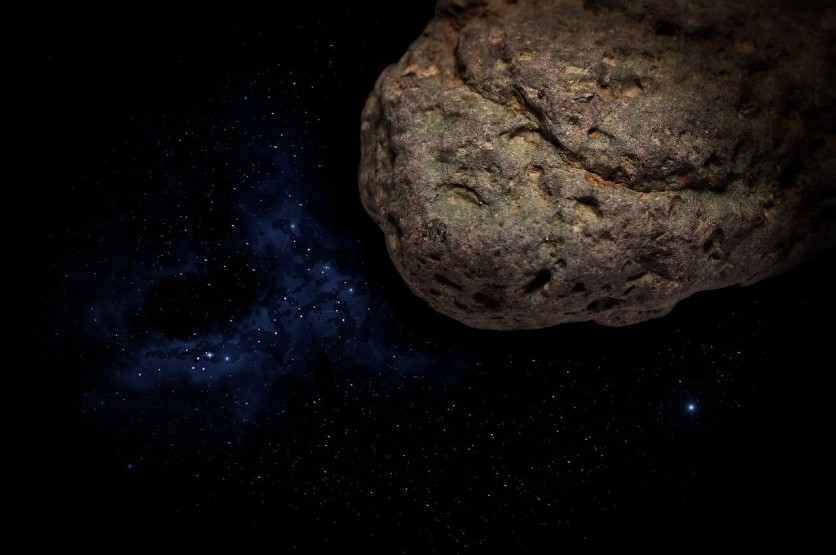The National Aeronautics and Space Administration (NASA) currently monitors an 'Asteroid Tsunami' that simulation shows its capability of causing a destructive 400-foot wave into the U.S. coast if it lands into the Atlantic Ocean.
NASA watches Asteroid (29075) 1950 DA carefully as the colossal one-kilometer wide, near-earth object (NEO) draws closer to the planet. The asteroid is estimated to be a 3,600 feet wide Potential Hazardous Asteroid (PHA) and is listed in the Sentry Risk Table. This table monitors possible impact and assesses risks that these cosmic objects bring.
Express states that, according to the researchers, this humongous asteroid is currently the highest in the Palermo Rating in terms of risk and capability to destroy.
NASA calculated a one to 300 possibilities (0.33 percent probability) of the devastating impact in the future, in 2002. This pushed experts to simulate and calculate the risk of this possibility. The asteroid is expected by scientists to arrive near the planet and already cause problems and harm on March 16, 2880.

Although having a small probability of a direct impact, the planet has experienced devastating damages in asteroids having the same size as this or larger.
Asteroid Tsunami
Asteroids, such as this one, make their impacts on oceans, mostly because the Earth is covered mainly of water bodies.
However, a computer simulation done by the University of California Santa Cruz (UCCS) shows that an ocean impact, particularly in the Atlantic Ocean in this scenario, would most probably cause a massive 400-foot wave tsunami that will impact the United States' coast.
This finding by scientists Steven Ward, a researcher at the Institute of Geophysics and Planetary Physics, and Erik Asphaug, associate professor of Earth sciences at UCSC in 2003, proved a great deal today.
Ward noted that these types of occurrences have happened in the past; still, Asteroid 29750 will prove to be destructive. This study by Ward and Asphaug is done in order to inform the public of the general assessment risk of the asteroid.
According to them, this study's importance is directly related to the planet's preparedness and well-being.
NASA's Asteroid 29075 (1950 DA)
NASA's compilation of reports for information about Asteroid 29075 details what the asteroid is. This asteroid is a discovery on February 21, 1950, and is again the topic of study during its publication last April 5, 2002, by Giorgini, et. al.
The asteroid's full potential could bring forth a 50 percent greater risk than the average background hazard that NASA studies. Asteroids from the present times until 2880 do not pose this big of harm than this particular asteroid. Its Palermo Technical Scale value scores a +0.17 (PTS value = +0.17) and is the only known asteroid up to date with a rating of above background level.
NASA's study on this asteroid will help future generations on what to do and hope to accomplish to reduce the damage this asteroid brings. Eight hundred and more years will undoubtedly create a rippling impact that will enable future people to protect themselves from these cosmic occurrences.
ALSO READ: NASA Discovers Jupiter Has Ammonia-Water Solution Leading to 'Shallow Lightning' and 'Mushballs'
This article is owned by Tech Times
Written by Isaiah Alonzo
ⓒ 2025 TECHTIMES.com All rights reserved. Do not reproduce without permission.




